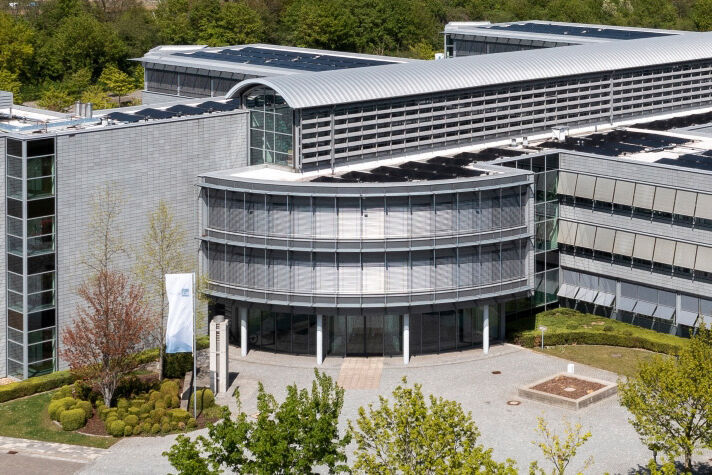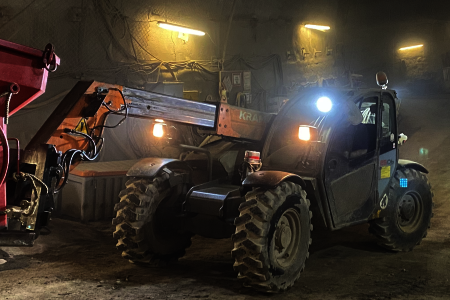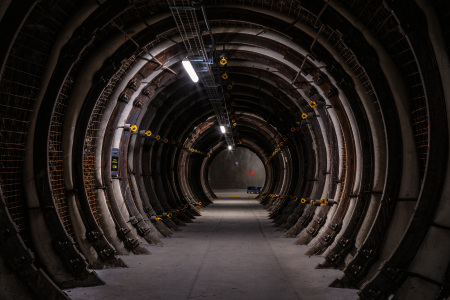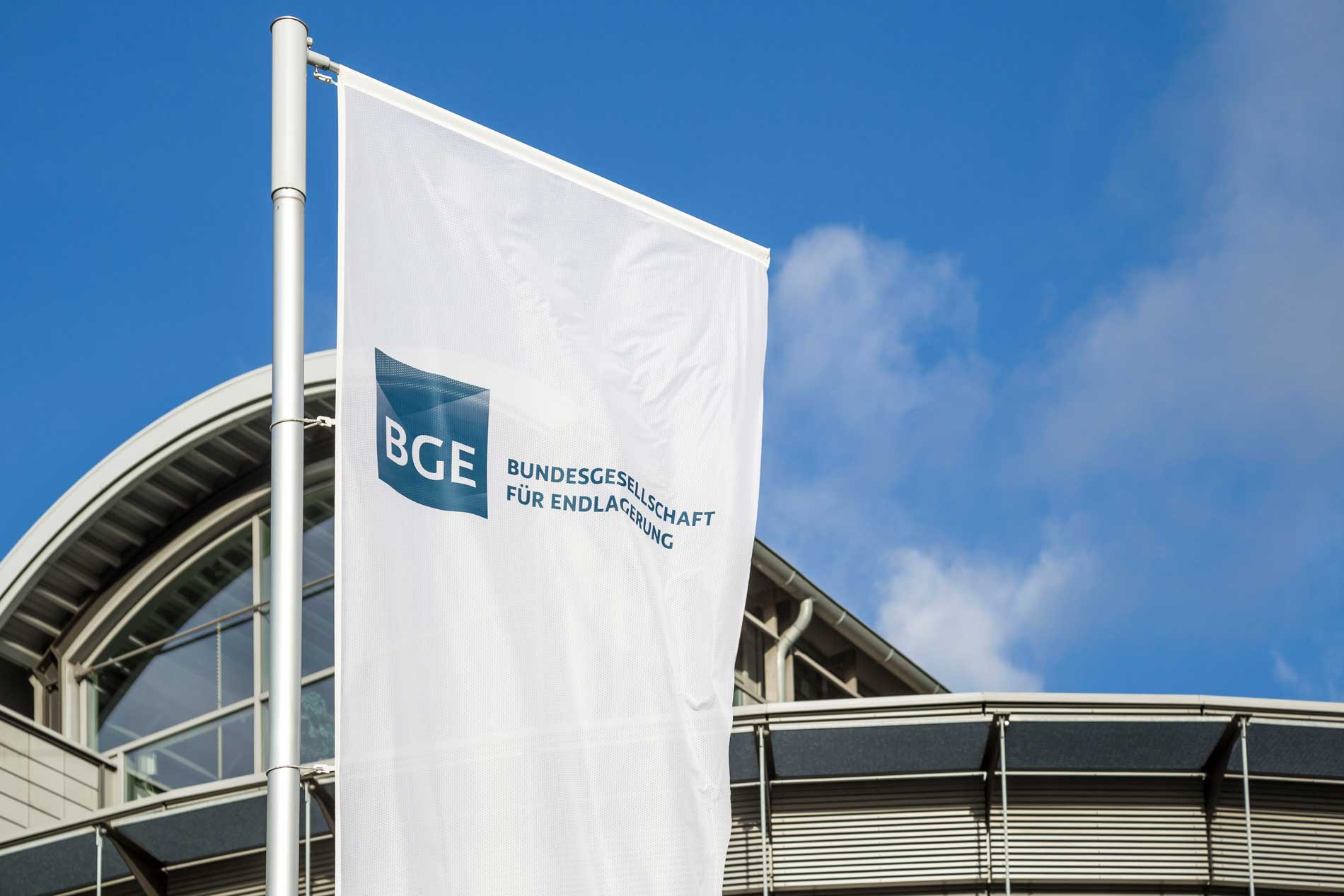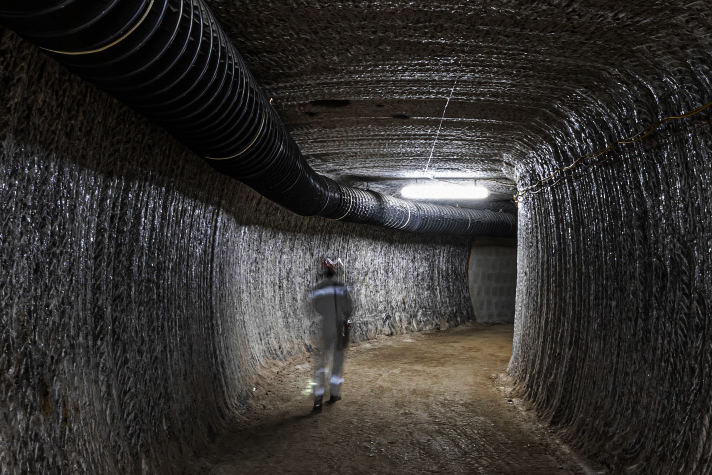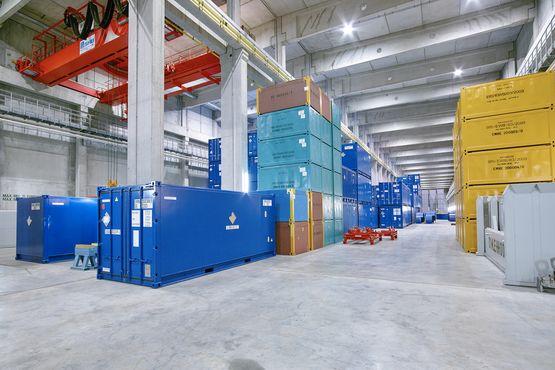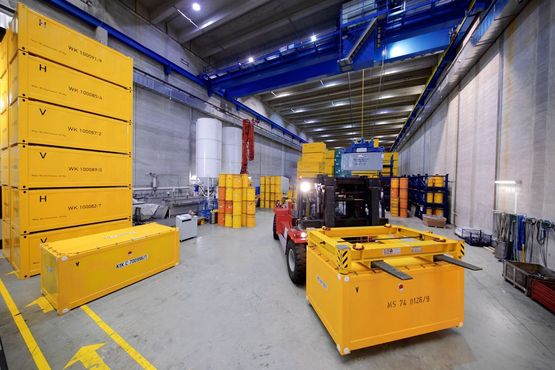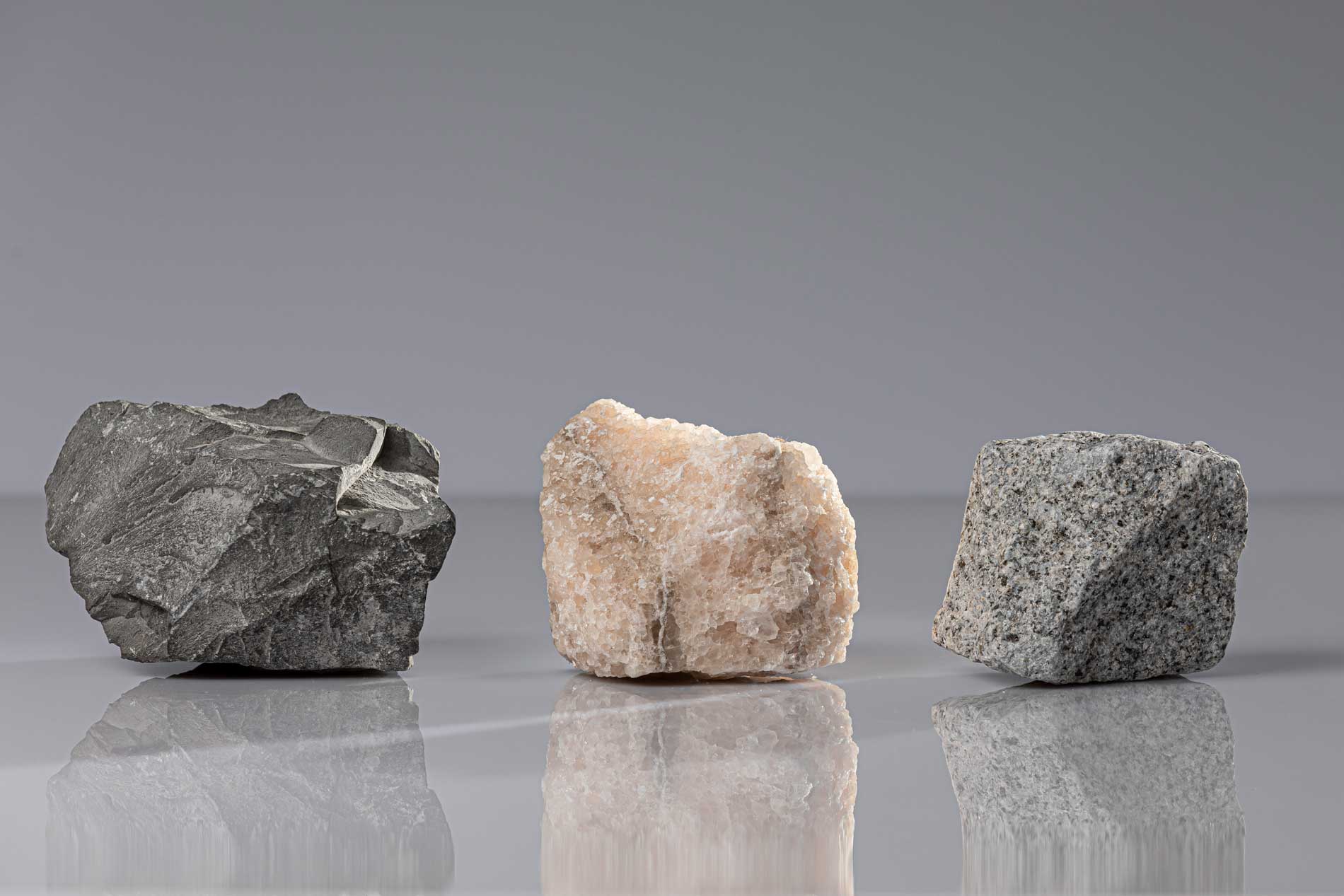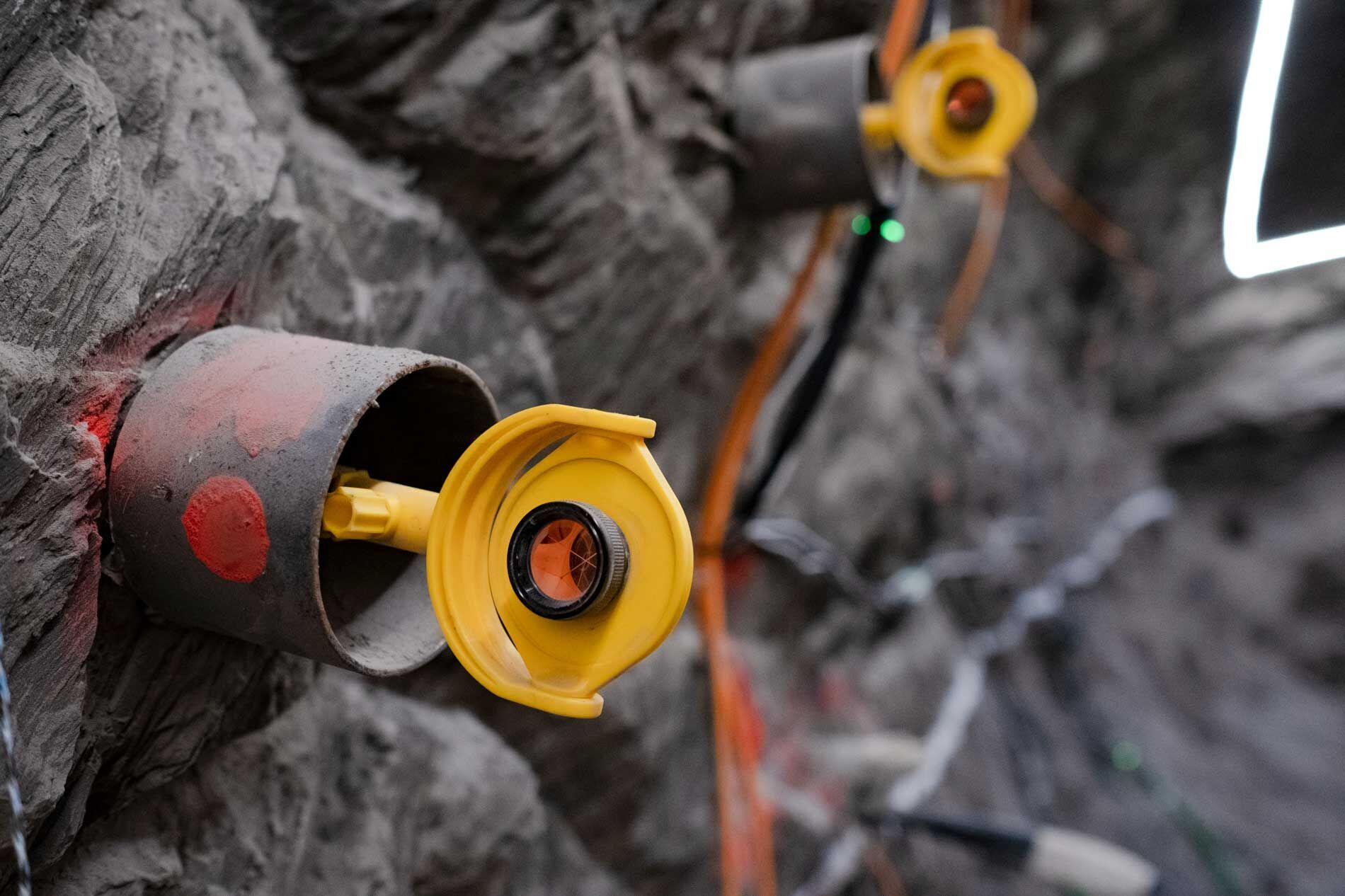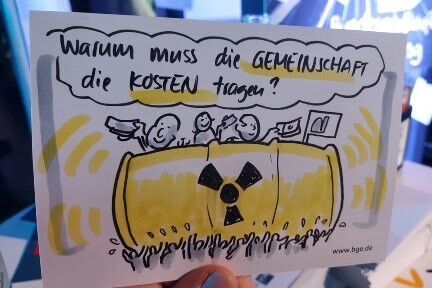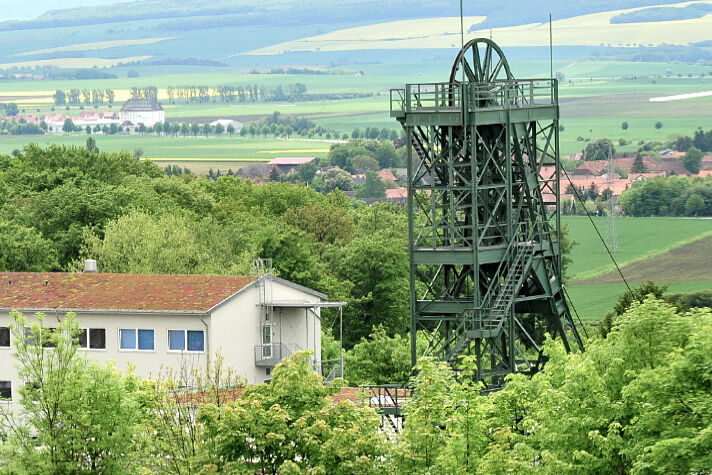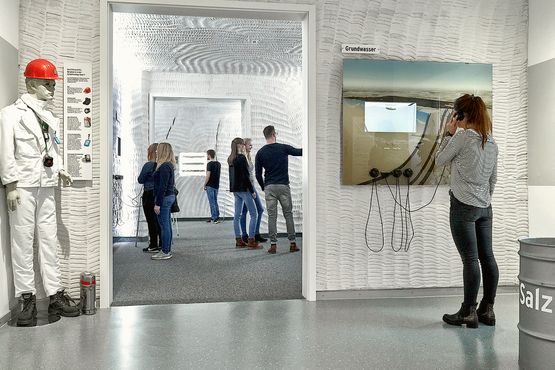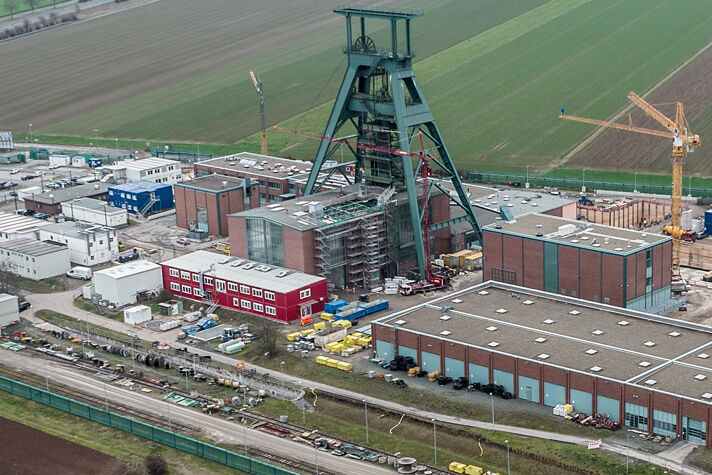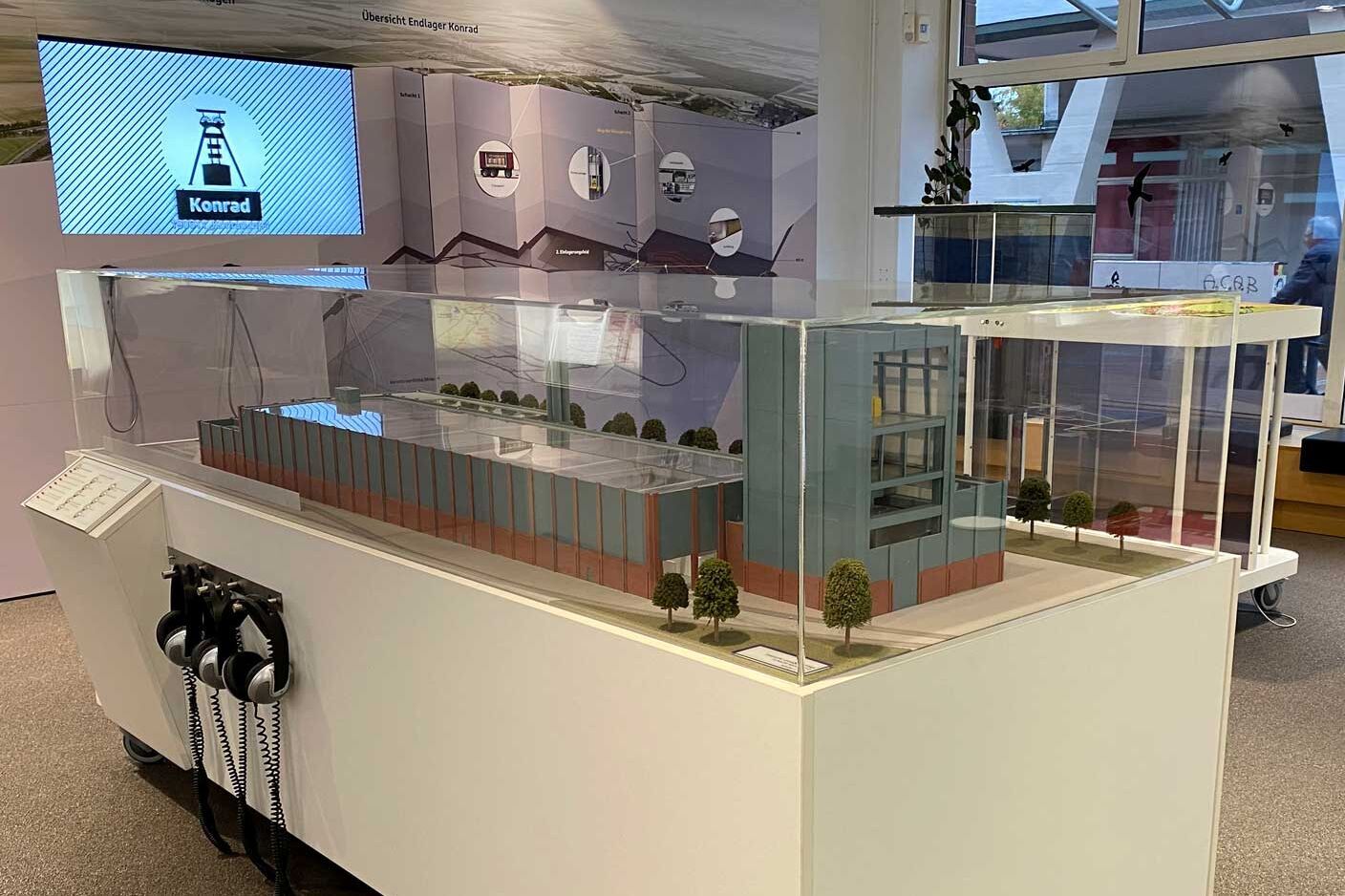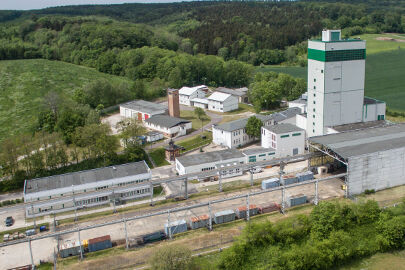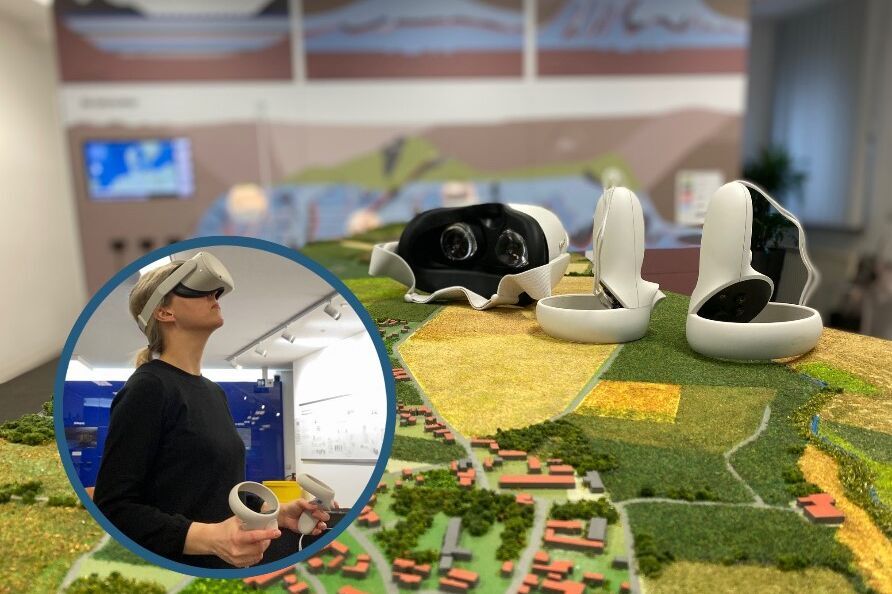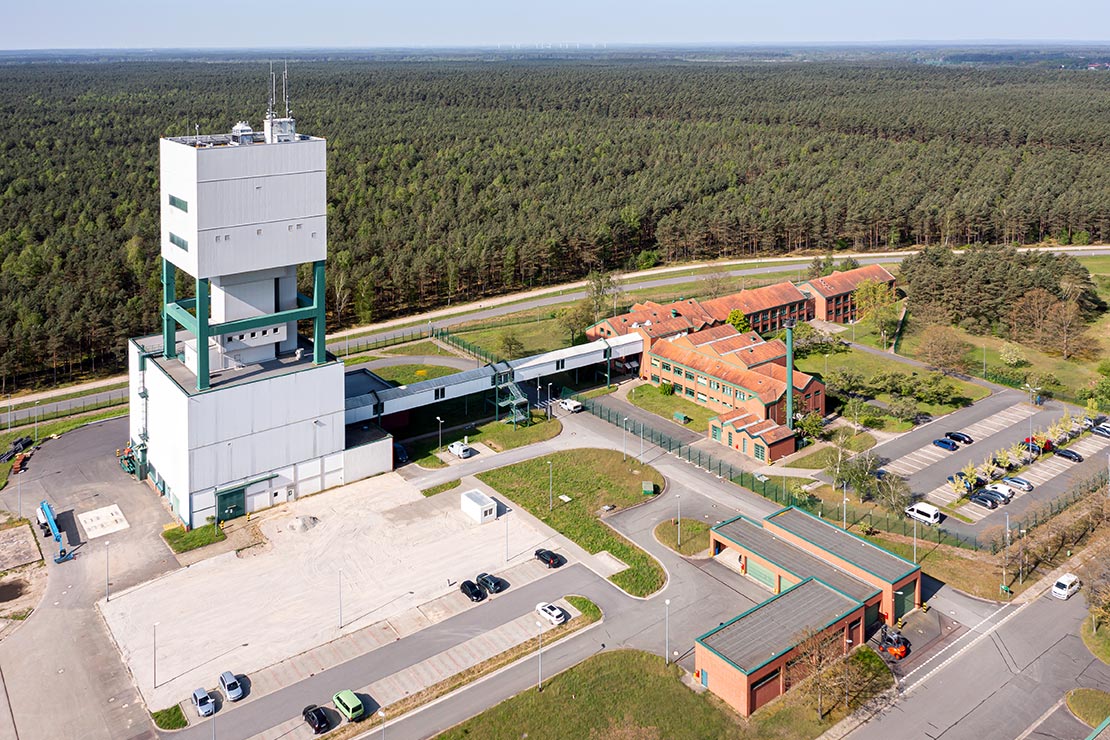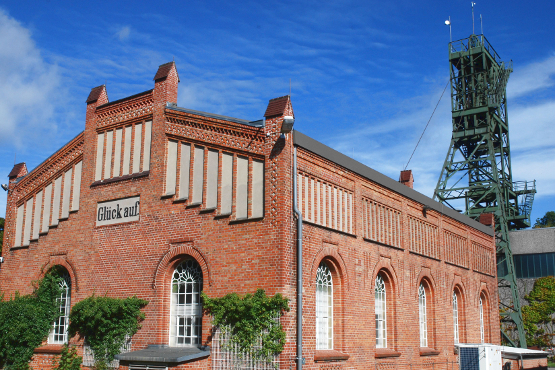Through early public participation in relation to Application Complex I, the BGE hopes above all to generate interest in the retrieval project as a whole. At the start of 2020, the BGE submitted a retrieval plan for low- and intermediate-level radioactive waste from the Asse 2 mine (German only). This was followed in late autumn by an initial document, in the form of the planning announcement (German only), that outlined a possible licensing strategy for the project. With Application Complex I, the BGE is applying for a change to the licence for handling radioactive substances – specifically, a change in the ventilation direction inside the mine. This will see the mine’s ventilation redesigned following the construction of the new retrieval shaft (Shaft 5) and the new underground connection with the existing Asse II mine. In future, the plan is for fresh air to flow into the mine via Shaft 2 and flow out again as exhaust air via a chimney on the newly constructed Shaft 5. The licensing procedure in relation to this application complex began with the application conference on 16 December 2020.
Since 2013, the Atomic Energy Act (specifically the “Lex Asse” legislation) has stipulated that the Asse II mine must be decommissioned without delay once the radioactive waste has been retrieved from it. The BGE is responsible for implementing this plan.
From 22 February to 26 April 2021, the BGE is offering an early opportunity for public participation in the licensing procedure in relation to Application Complex I. The first step of the plan includes the construction of the new shaft (Shaft 5) and the underground connection to the existing mine. The aim of the early public participation is to incorporate suggestions and ideas from citizens, local politics and technical experts into the licence planning process. The BGE hopes to receive suggestions from the general public in relation to two questions in particular:
- What should be done with the rock excavated during the sinking of the shaft and the construction of the retrieval mine (that is, the spoil heap)?
- How can the damage to the environment due to the construction of the retrieval infrastructure be rectified (compensation and mitigation measures within the context of nature conservation)?
Given there are various possible answers to both questions, the BGE can examine the suggestions from the general public and implement them if it is legally possible to do so.
The general public can submit their ideas and suggestions as part of an online consultation that will run until 26 April 2021 at https://forum-bge.de (German only). They can also contribute by taking part in the main virtual event for early public participation, which will be held on the afternoon of 26 March 2021 and is expected to last for about half a day.
Chair of the Management Board Stefan Studt says: “With the early public participation process, we’re making the region a tangible offer of dialogue.” Dr Thomas Lautsch, Technical Managing Director of the BGE, says: “The retrieval project is a demanding one and will continue for decades to come, but the region around Remlingen will ultimately also benefit from the added value it creates.” The two BGE managers agree that the retrieval project can only succeed, however, if it has the support of the general public.

